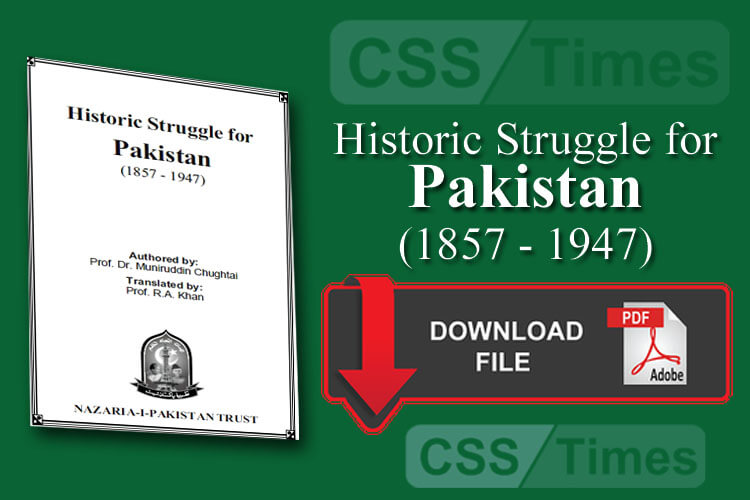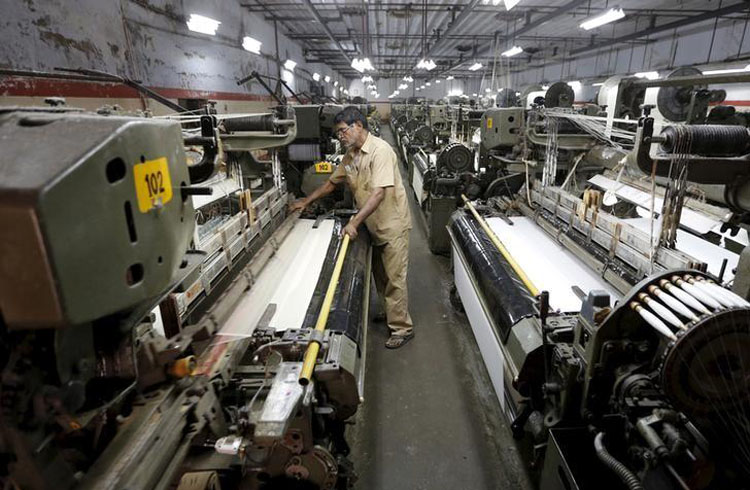The Future of Pakistan’s Defence System: Prospects and Challenges
Introduction
Pakistan has been a country facing a variety of security threats ever since its inception in 1947. These threats range from external threats posed by neighboring countries to internal threats posed by extremist groups. Despite these challenges, Pakistan’s defence system has evolved over the years to ensure national security. However, with the changing global scenario, it is important to examine the future prospects and challenges that Pakistan’s defence system may face.










